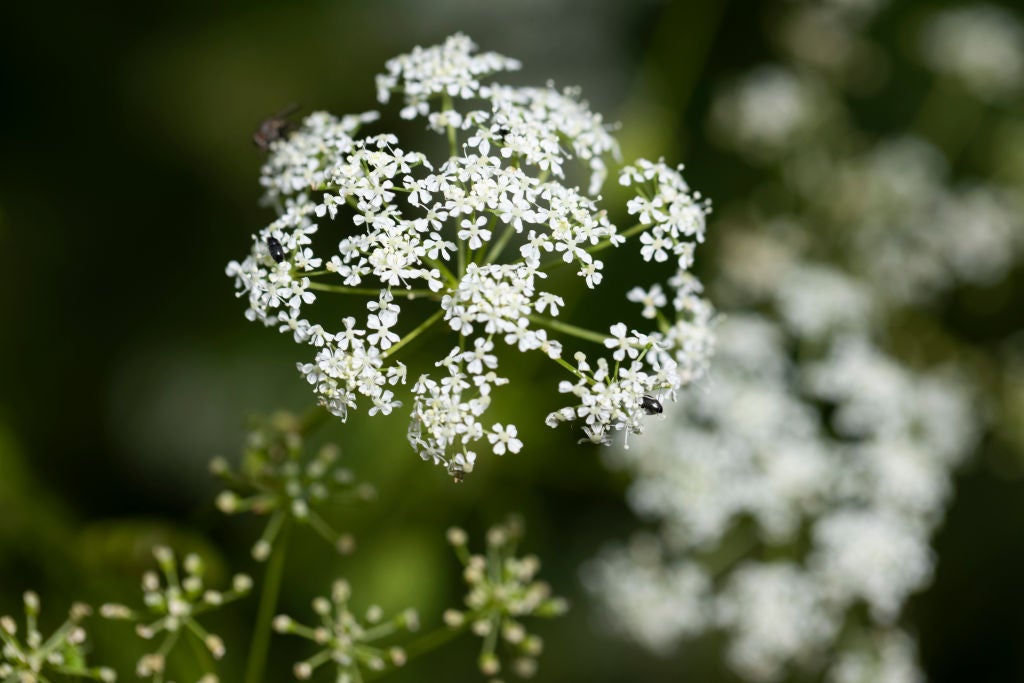Poison hemlock invades US parks and backyards
‘Poison hemlock was nowhere and all of a sudden it was everywhere’

Your support helps us to tell the story
From reproductive rights to climate change to Big Tech, The Independent is on the ground when the story is developing. Whether it's investigating the financials of Elon Musk's pro-Trump PAC or producing our latest documentary, 'The A Word', which shines a light on the American women fighting for reproductive rights, we know how important it is to parse out the facts from the messaging.
At such a critical moment in US history, we need reporters on the ground. Your donation allows us to keep sending journalists to speak to both sides of the story.
The Independent is trusted by Americans across the entire political spectrum. And unlike many other quality news outlets, we choose not to lock Americans out of our reporting and analysis with paywalls. We believe quality journalism should be available to everyone, paid for by those who can afford it.
Your support makes all the difference.A toxic plant, which can be deadly if ingested, is rapidly spreading through US parks and backyards.
Poison hemlock is an invasive species in the US, and was originally brought from Europe. The plant, a recurring ingredient in the fatal potions of Shakespearean plays, has since spread through densely populated areas. Poison hemlock also grows in meadows, pastures and ditches.
“It just hit this exponential rate of spread. Poison hemlock was nowhere and all of a sudden it was everywhere,” Dan Shaver, from Indiana’s Natural Resources Conservation Service told USA Today.
Mowing lawns and grassy areas has been one of the ways that poison hemlock has spread voraciously. It quickly colonizes in areas where it grows, pushing out native plants.
The plant can grow up to ten feet tall (2.4 metres), has small white flowers and a hairless stem with purple blotches. The leaves have a similar look to ferns.
There are concerns that people may mistake it for wild carrots, which are edible, and bloom around the same time from June until August.
The plant can be found in nearly every state in the US, according to the National Parks Service. They die off after about two years but disperse seeds throughout autumn and winter.
The US Agriculture Department says residents shouldn’t try to eradicate the hemlocks and instead find a licensed aquatic pest control company to treat them. It also advises against mowing the plants, which can release toxic particles into the air.
Exposure can cause reactions ranging from vomiting and stomach pain to central nervous system issues causing seizures and potentially death, according to the agency.
Anyone who may have ingested either plant or inhaled their toxic particles should call the Poison Control Center.
There’s no antidote for animals against hemlock because consuming the toxin leads to respiratory failure.
AP contributed to this article
Join our commenting forum
Join thought-provoking conversations, follow other Independent readers and see their replies
Comments